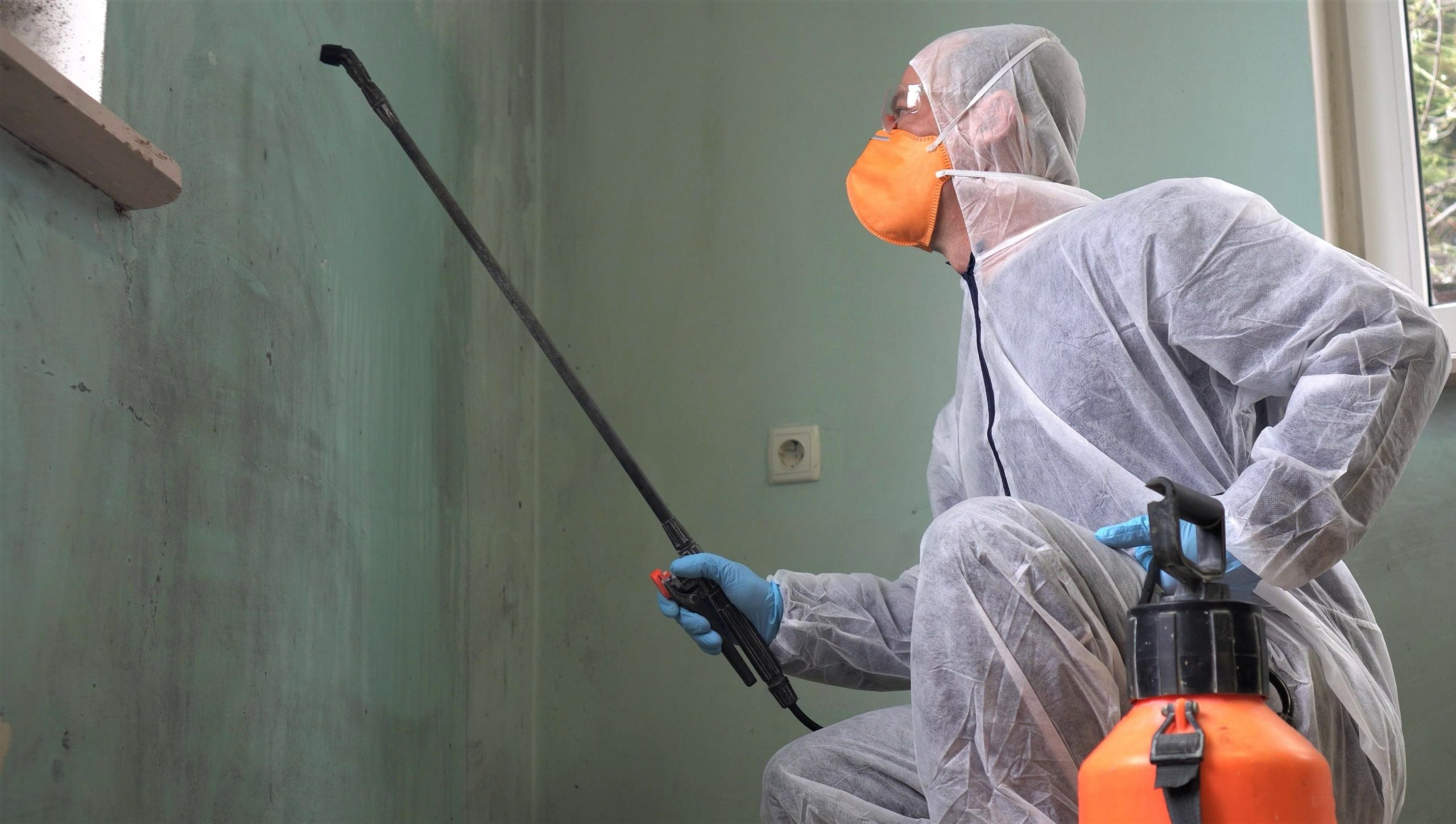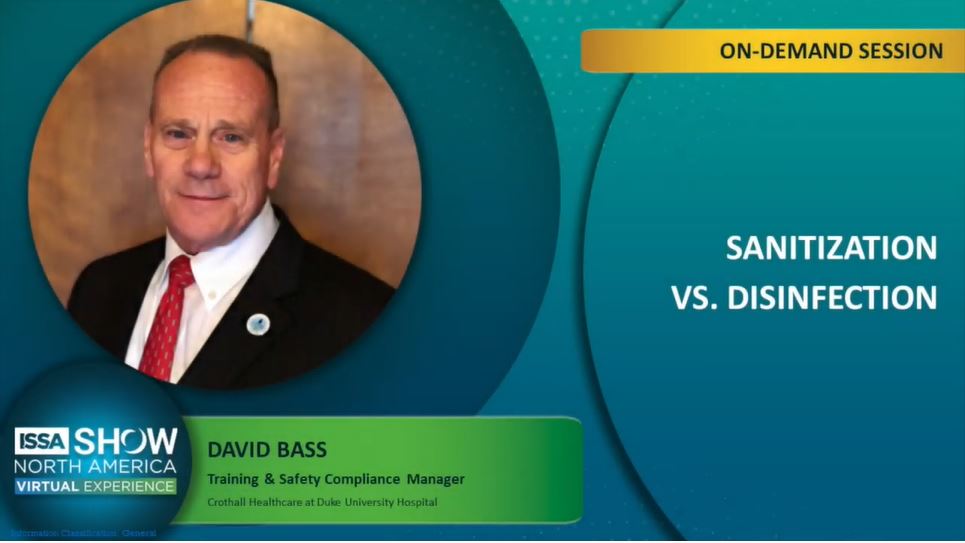Today’s modern home is loaded with toxic and polluting substances designed to make domestic life easier.
| Today’s modern home is loaded with toxic and polluting substances designed to make domestic life easier. |
||||||
|
The cost of these commercial, chemical-based products can be high — long term health concerns for the family, and environmental pollution caused by their manufacture and disposal. In the US, for example, 1 in 3 people suffer from allergies, asthma, sinusitis or bronchitis (US National Center for Health Statistics). Treatment for these conditions should include reducing synthetic chemicals in the home environment.
|
||||||
| 1. Homemade Substitutions | ||||||
There are many inexpensive, easy-to-use natural alternatives which can safely be used in place of commercial household products. Here is a list of common, environmentally safe products which can be used alone or in combination for a wealth of household applications.
|
||||||
| 2. Formulas | ||||||
Combinations of the above basic products can provide less harmful substitutions for many commercial home products. In most cases, they’re also less expensive. Here are some formulas for safe, alternative home care products: |
||||||
| Note: These formulas and substitutions are offered to help minimize the use of toxic substances in your home, and reduce the environmental harm caused by the manufacture, use and disposal of toxics. Results may vary and cannot be guaranteed to be 100% safe and effective. Before applying any cleaning formulations, test in small hidden areas if possible. Always use caution with any new product in your home. | ||||||
Make sure to keep all home-made formulas well-labeled, and out of the reach of children. All-Purpose Cleaner: Mix 1/2 cup vinegar and 1/4 cup baking soda (or 2 teaspoons borax) into 1/2 gallon (2 liters) water. Store and keep. Use for removal of water deposit stains on shower stall panels, bathroom chrome fixtures, windows, bathroom mirrors, etc. Air Freshener: Commercial air fresheners mask smells and coat nasal passages to diminish the sense of smell. Bathroom mold: Mold in bathroom tile grout is a common problem and can be a health concern. Mix one part hydrogen peroxide (3%) with two parts water in a spray bottle and spray on areas with mold. Wait at least one hour before rinsing or using shower. Dishwashing Soap: Commercial low-phosphate detergents are not themselves harmful, but phosphates nourish algae which use up oxygen in waterways. A detergent substitution is to use liquid soap. Add 2 or 3 tablespoons of vinegar to the warm, soapy water for tough jobs. Disinfectant: Mix 2 teaspoons borax, 4 tablespoons vinegar and 3 cups hot water. For stronger cleaning power add 1/4 teaspoon liquid castile soap. Wipe on with dampened cloth or use non-aerosol spray bottle. (This is not an antibacterial formula. The average kitchen or bathroom does not require antibacterial cleaners.) Drain Cleaner: For light drain cleaning, mix 1/2 cup salt in 4 liters water, heat (but not to a boil) and pour down the drain. For stronger cleaning, pour about 1/2 cup baking soda down the drain, then 1/2 cup vinegar. The resulting chemical reaction can break fatty acids down into soap and glycerine, allowing the clog to wash down the drain. After 15 minutes, pour in boiling water to clear residue. Caution: only use this method with metal plumbing. Plastic pipes can melt if excess boiling water is used. Also, do not use this method after trying a commercial drain opener–the vinegar can react with the drain opener to create dangerous fumes. |
||||||
| Floor Cleaner and Polish: | ||||||
| vinyl and linoleum: mix 1 cup vinegar and a few drops of baby oil in 1 gallon warm water. For tough jobs, add 1/4 cup borox. Use sparingly on lineoleum. wood: apply a thin coat of 1:1 vegetable oil and vinegar and rub in well. painted wood: mix 1 teaspoon washing soda into 1 gallon (4L) hot water. brick and stone tiles: mix 1 cup white vinegar in 1 gallon (4L) water; rinse with clear water. Most floor surfaces can be easily cleaned using a solution of vinegar and water. For damp-mopping wood floors: mix equal amounts of white distilled vinegar and water. Add 15 drops of pure peppermint oil; shake to mix. |
||||||
|
Furniture Polish: For varnished wood, add a few drops of lemon oil into a 1/2 cup warm water. Mix well and spray onto a soft cotton cloth. Cloth should only be slightly damp. Wipe furniture with the cloth, and finish by wiping once more using a dry soft cotton cloth. |
||||||
| Metal Cleaners and Polishes: | ||||||
| aluminum: using a soft cloth, clean with a solution of cream of tartar and water. brass or bronze: polish with a soft cloth dipped in lemon and baking-soda solution, or vinegar and salt solution. Another method is to apply a dab of ketchup on a soft cloth and rub over tarnished spots. chrome: polish with baby oil, vinegar, or aluminum foil shiny side out. copper: soak a cotton rag in a pot of boiling water with 1 tablespoon salt and 1 cup white vinegar. Apply to copper while hot; let cool, then wipe clean. For tougher jobs, sprinkle baking soda or lemon juice on a soft cloth, then wipe. For copper cookware, sprinkle a lemon wedge with salt, then scrub., A simpler method is to apply a dab of ketchup on a soft cloth and rub over tarnished spots. gold: clean with toothpaste, or a paste of salt, vinegar, and flour. silver: line a pan with aluminum foil and fill with water; add a teaspoon each of baking soda and salt. Bring to a boil and immerse silver. Polish with soft cloth. stainless steel: clean with a cloth dampened with undiluted white vinegar, or olive oil. For stainless cookware, mix 4 tbs baking soda in 1 qt water, and apply using a soft cloth. Wipe dry using a clean cloth. For stainless steel sinks, pour some club soda on an absorbent cloth to clean, then wipe dry using a clean cloth. |
||||||
| Mold and Mildew: Use white vinegar or lemon juice full strength. Apply with a sponge or scrubby. Mothballs: The common mothball is made of paradichlorobenzene, which is harmful to liver and kidneys. Cedar chips in a cheesecloth square, or cedar oil in an absorbent cloth will repel moths. The cedar should be ‘aromatic cedar’, also referred to as juniper in some areas. Cedar chips are available at many craft supply stores, or make your own using a plane and a block of cedar from the lumberyard. Homemade moth-repelling sachets can also be made with lavender, rosemary, vetiver and rose petals. Dried lemon peels are also a natural moth deterrent – simply toss into clothes chest, or tie in cheesecloth and hang in the closet. Oil and Grease Spots: For small spills on the garage floor, add baking soda and scrub with wet brush. Oven Cleaner: Moisten oven surfaces with sponge and water. Use 3/4cup baking soda, 1/4cup salt and 1/4cup water to make a thick paste, and spread throughout oven interior. (avoid bare metal and any openings) Let sit overnight. Remove with spatula and wipe clean. Rub gently with fine steel wool for tough spots. Or use Arm & Hammer Oven Cleaner, declared nontoxic by Consumers Union. Paint Brush Cleaner: Non-toxic, citrus oil based solvents are now available commercially under several brand names. Citra-Solve is one brand. This works well for cleaning brushes of oil-based paints. Paint brushes and rollers used for an on-going project can be saved overnight, or even up to a week, without cleaning at all. Simply wrap the brush or roller snugly in a plastic bag, such as a used bread or produce bag. Squeeze out air pockets and store away from light. The paint won’t dry because air can’t get to it. Simply unwrap the brush or roller the next day and continue with the job. Scouring Powder: For top of stove, refrigerator and other such surfaces that should not be scratched, use baking soda. Apply baking soda directly with a damp sponge. Shoe Polish: Olive oil with a few drops of lemon juice can be applied to shoes with a thick cotton or terry rag. Leave for a few minutes; wipe and buff with a clean, dry rag. Toilet Bowl Cleaner: Mix 1/4 cup baking soda and 1 cup vinegar, pour into basin and let it set for a few minutes. Scrub with brush and rinse. A mixture of borax (2 parts) and lemon juice (one part) will also work. Wallpaper Remover: Mix equal parts of white vinegar and hot water, apply with sponge over the old wallpaper to soften the adhesive. Open room windows or use a fan to dissipate the pungent vinegar smell. Water Rings on Wood: Water rings on a wooden table or counter are the result of moisture that is trapped under the topcoat, but not the finish. Try applying toothpaste or mayonnaise to a damp cloth and rub into the ring. Once the ring is removed, buff the entire wood surface.
|
||||||
| 3. Healthy Home Cleaning Habits | ||||||
Exchange Indoor Air Many modern homes are so tight there’s little new air coming in. Open the windows from time to time or run any installed exhaust fans. In cold weather, the most efficient way to exchange room air is to open the room wide – windows and doors, and let fresh air in quickly for about 5 minutes. The furnishings in the room, and the walls, act as ‘heat sinks’, and by exchanging air quickly, this heat is retained. Minimize Dust Remove clutter which collects dust, such as old newspapers and magazines. Try to initiate a ‘no-shoes-indoors’ policy. If you’re building or remodelling a home, consider a central vacuum system; this eliminates the fine dust which portable vacuum cleaners recirculate. Use Cellulose Sponges Most household sponges are made of polyester or plastic which are slow to break down in landfills, and many are treated with triclosan, a chemical that can produce chloroform (a suspected carcinogen) when it interacts with the chlorine found in tap water. Instead try cellulose sponges, available at natural foods stores, which are biodegradable and will soak up spills faster since they’re naturally more absorbent. For general household cleaning, try Skoy Eco-Cleaning Cloths. These cleaning cloths are non-toxic, extremely absorbent (15x paper towels), reusable, and biodegradable. Keep Bedrooms Clean Most time at home is spent in the bedrooms. Keep pets out of these rooms, especially if they spend time outdoors. Use Gentle Cleaning Products Of the various commercial home cleaning products, drain cleaners, toilet bowl cleaners and oven cleaners are the most toxic. Use the formulas described above or purchase ‘green’ commercial alternatives. Avoid products containing ammonia or chlorine, or petroleum-based chemicals; these contribute to respiratory irritation, headaches and other complaints. Clean from the Top Down: When house cleaning, save the floor or carpet for last. Allow time for the dust to settle before vacuuming. |
||||||





